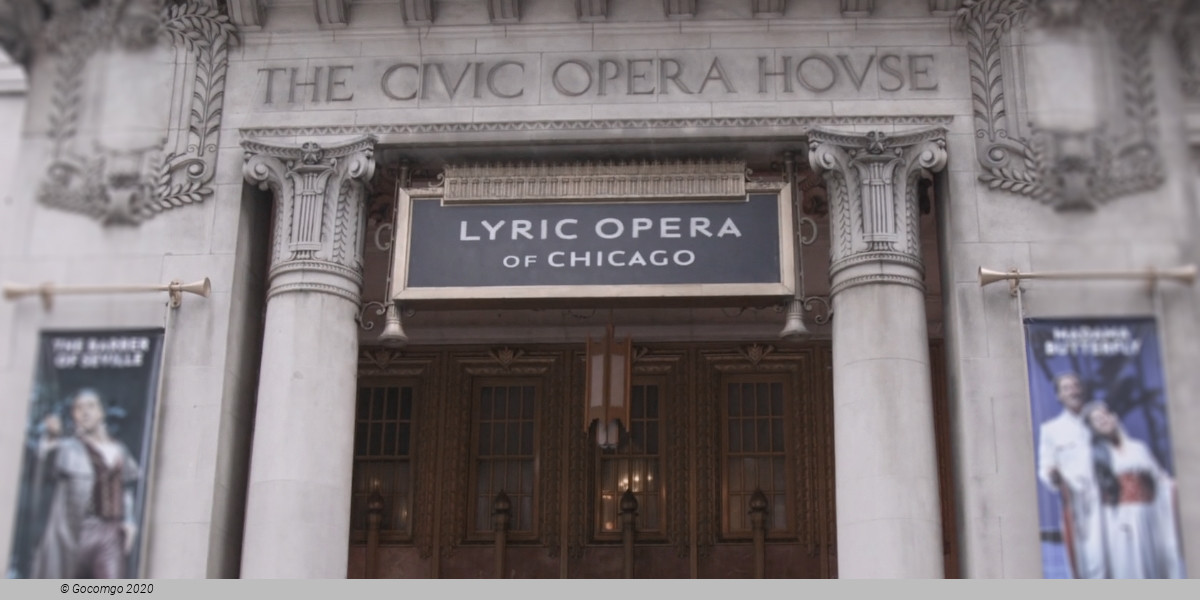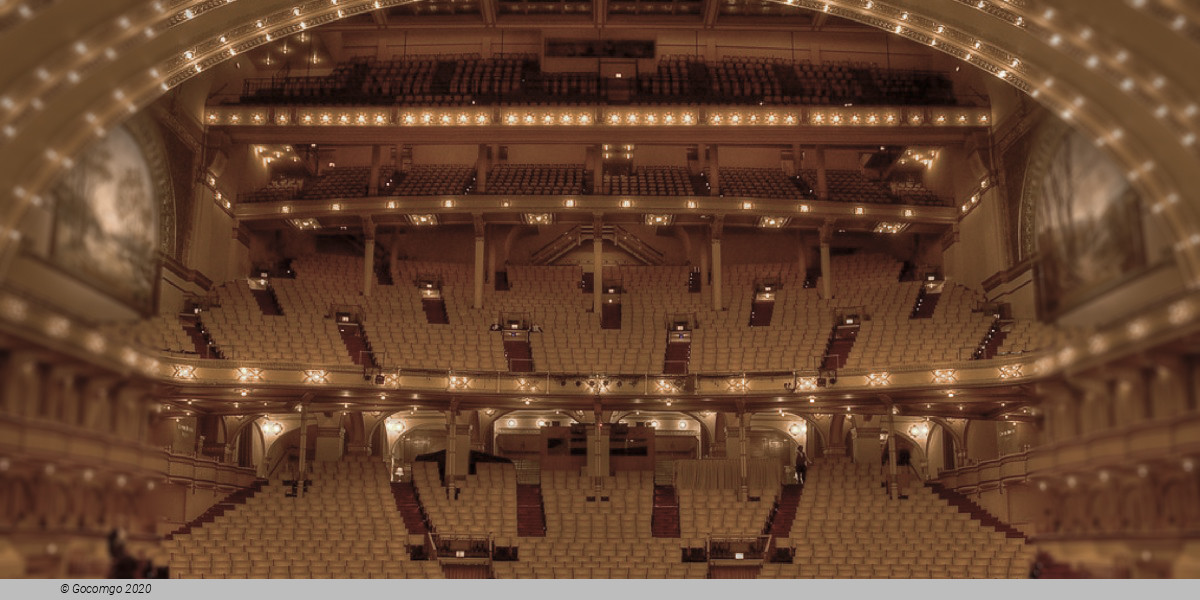Venues in Chicago

The city's waterfront location and nightlife has attracted residents and tourists alike. Over a third of the city population is concentrated in the lakefront neighborhoods from Rogers Park in the north to South Shore in the south. The city has many upscale dining establishments as well as many ethnic restaurant districts. These districts include the Mexican American neighborhoods, such as Pilsen along 18th street, and La Villita along 26th Street; the Puerto Rican enclave of Paseo Boricua in the Humboldt Park neighborhood; Greektown, along South Halsted Street, immediately west of downtown; Little Italy, along Taylor Street; Chinatown in Armour Square; Polish Patches in West Town; Little Seoul in Albany Park around Lawrence Avenue; Little Vietnam near Broadway in Uptown; and the Desi area, along Devon Avenue in West Ridge.
Downtown is the center of Chicago's financial, cultural, governmental and commercial institutions and the site of Grant Park and many of the city's skyscrapers. Many of the city's financial institutions, such as the CBOT and the Federal Reserve Bank of Chicago, are located within a section of downtown called "The Loop", which is an eight-block by five-block area of city streets that is encircled by elevated rail tracks. The term "The Loop" is largely used by locals to refer to the entire downtown area as well. The central area includes the Near North Side, the Near South Side, and the Near West Side, as well as the Loop. These areas contribute famous skyscrapers, abundant restaurants, shopping, museums, a stadium for the Chicago Bears, convention facilities, parkland, and beaches.
Lincoln Park contains the Lincoln Park Zoo and the Lincoln Park Conservatory. The River North Gallery District features the nation's largest concentration of contemporary art galleries outside of New York City.
Lakeview is home to Boystown, the city's large LGBT nightlife center. The Chicago Pride Parade, held the last Sunday in June, is one of the world's largest with over a million people in attendance. North Halsted Street is the main thoroughfare of Boystown.
The South Side neighborhood of Hyde Park is the home of former US President Barack Obama. It also contains the University of Chicago, ranked one of the world's top ten universities, and the Museum of Science and Industry. The 6-mile (9.7 km) long Burnham Park stretches along the waterfront of the South Side. Two of the city's largest parks are also located on this side of the city: Jackson Park, bordering the waterfront, hosted the World's Columbian Exposition in 1893, and is the site of the aforementioned museum; and slightly west sits Washington Park. The two parks themselves are connected by a wide strip of parkland called the Midway Plaisance, running adjacent to the University of Chicago. The South Side hosts one of the city's largest parades, the annual African American Bud Billiken Parade and Picnic, which travels through Bronzeville to Washington Park. Ford Motor Company has an automobile assembly plant on the South Side in Hegewisch, and most of the facilities of the Port of Chicago are also on the South Side.
The West Side holds the Garfield Park Conservatory, one of the largest collections of tropical plants in any U.S. city. Prominent Latino cultural attractions found here include Humboldt Park's Institute of Puerto Rican Arts and Culture and the annual Puerto Rican People's Parade, as well as the National Museum of Mexican Art and St. Adalbert's Church in Pilsen. The Near West Side holds the University of Illinois at Chicago and was once home to Oprah Winfrey's Harpo Studios, the site of which has been rebuilt as the global headquarters of McDonald's.
The city's distinctive accent, made famous by its use in classic films like The Blues Brothers and television programs like the Saturday Night Live skit "Bill Swerski's Superfans", is an advanced form of Inland Northern American English. This dialect can also be found in other cities bordering the Great Lakes such as Cleveland, Milwaukee, Detroit, and Rochester, New York, and most prominently features a rearrangement of certain vowel sounds, such as the short 'a' sound as in "cat", which can sound more like "kyet" to outsiders. The accent remains well associated with the city.




